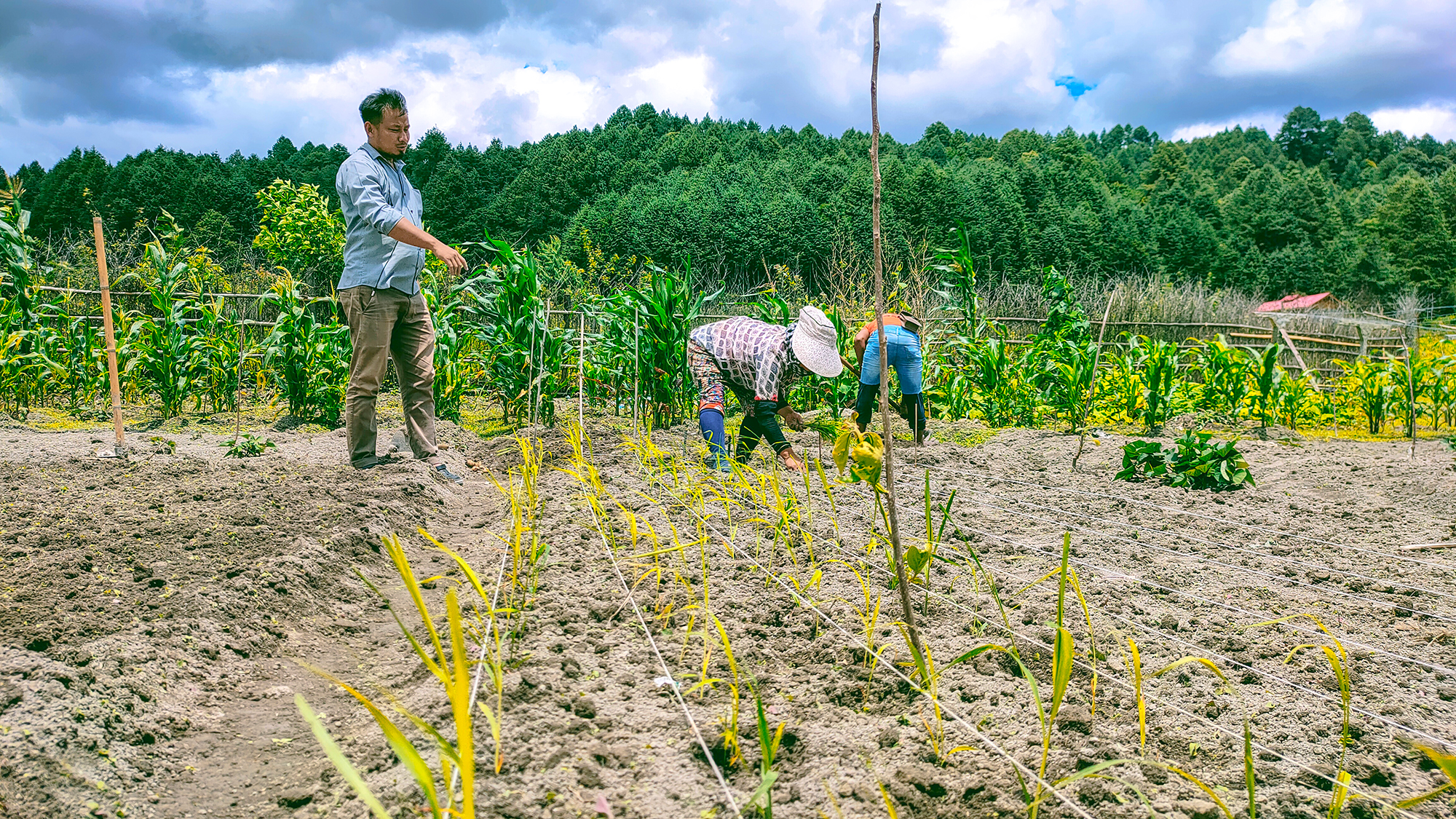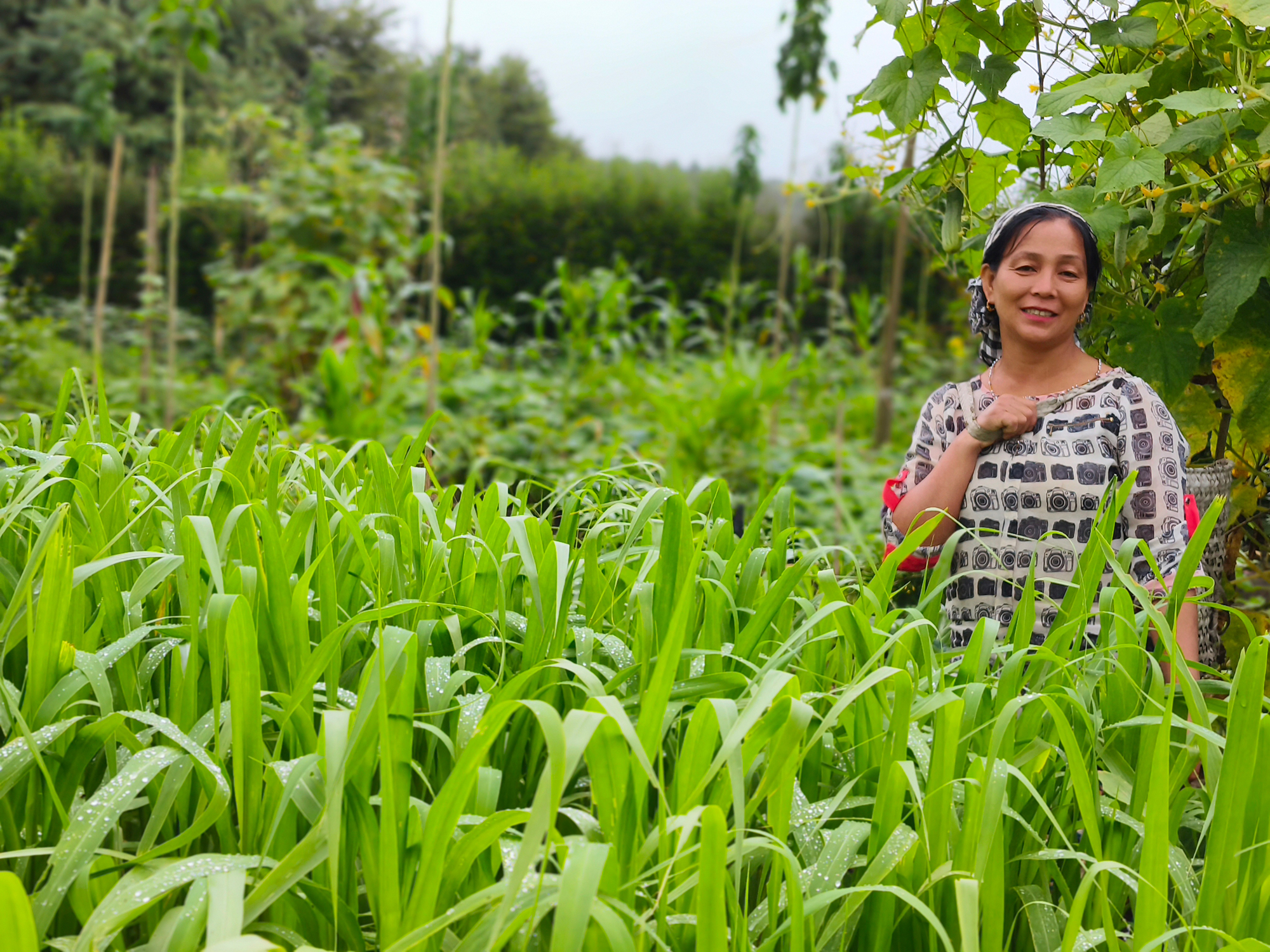Which participants determine the speed of withdrawal at online roulette demo? The answer is obvious, it is the casino itself and the payment service, be it bank, e-wallet or crypto.
Rediscovering the Riches of Foxtail Millet
The lush and picturesque valley of Ziro in the heart of the eastern Himalayan region of Arunachal Pradesh, India, is a place of immense beauty and rich agricultural heritage. For generations, the people of this district lived close to the land, practicing traditional farming methods that sustained their communities. Among the crops cultivated, finger millets stood as a hidden nutritional treasure, known to few.
However, the winds of change swept through Ziro, as modern farming practices and cash crops began to overshadow traditional crops like foxtail millet. The allure of contemporary agriculture was undeniable, but it came at a cost. The once-flourishing foxtail millet, known locally as “Tiya,” began to fade into obscurity.
Working under the FARM program, I had the privilege of immersing myself in the heart of this community. During field visits and household meetings, I discovered that nearly every home in Ziro had, at one point, cultivated these resilient millets. Foxtail millet had been an integral part of their agricultural heritage, requiring minimal maintenance and effort. Yet, due to a lack of exposure and understanding, these generational crops were rapidly dwindling. It was clear that something needed to be done.
In the face of these challenges, a group of passionate farmers in Ziro took it upon themselves to revive foxtail millet cultivation. Under the guidance of Itanagar Diocesan Empowerment Association (IDEA), the local partner of Caritas India organized workshops and awareness campaigns to shed light on the nutritional benefits of millets and the importance of preserving local agricultural practices.
One crucial aspect of this revival was the involvement of Apatani elders, who shared their traditional knowledge with the younger generation. Their wisdom and stories served as an inspiration, rekindling the connection between the youth and their farming heritage.
Our strategy included providing forward and backward linkages to these farmers. We introduced them to organic farming practices and supplied them with high-quality organic seeds for initial planting. When the harvest season arrived, the produce was collected, packed, and promoted for sale in small retail stores across the region.
This initiative is not a short-term fix but a long-term commitment. IDEA plans to scale the strategy for the next two years, with the goal of making the farmers self-sufficient and capable of carrying on the process without external assistance. “In the long run, after the profit margins have stabilized, they will also be able to establish local small-scale food processing units to create millet cookies, namkeens, and other items that will add market value to the production.”
The revival of foxtail millet cultivation in Ziro, Arunachal Pradesh, stands as a shining example of how communities can reclaim their agricultural heritage and promote sustainable practices. By valuing traditional knowledge and embracing indigenous crops, the farmers of Ziro have not only safeguarded their cultural identity but also secured a healthier and more resilient future for themselves and generations to come.
In this International Year of Millets 2023, the goal is clear: to make millet farmers self-sufficient, improve their livelihoods, and pave the way for a future where this superfood, with its climate-resilient qualities, can thrive once more. As a coordinator, serving as a moderator and resource person, “I firmly believe that with dedication, collaboration, and a profound love for the land, sustainable agriculture can flourish in harmony with nature. Ziro’s journey is a testament to the resilience of communities and the enduring potential of traditional farming practices, says,” says Ratan Lal Deka, FPA, IDEA under the FARM Program.
Copyright Caritas India 2013 ! Developed by Neural Info Solutions Pvt. Ltd.


















































